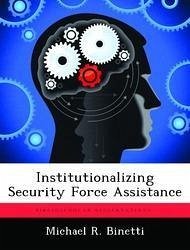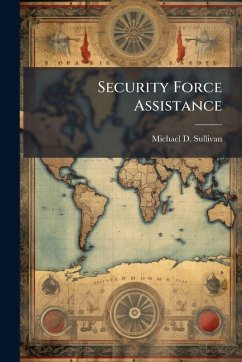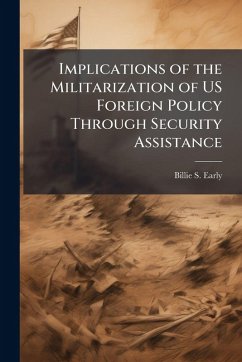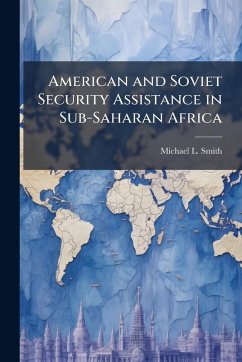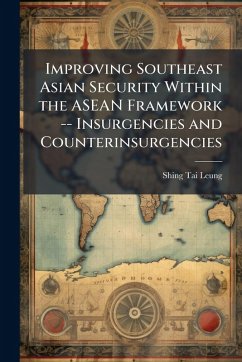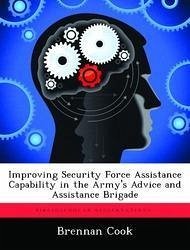
Improving Security Force Assistance Capability in the Army's Advice and Assistance Brigade
Versandkostenfrei!
Versandfertig in über 4 Wochen
15,99 €
inkl. MwSt.

PAYBACK Punkte
8 °P sammeln!
The U.S. Army's renewed emphasis on developing organizations to conduct Security Force Assistance (SFA), particularly the Advise and Assist Brigades, is indicative of both increased operational requirements in Iraq and Afghanistan and renewed interest in developing defense capacity in allied and partner nations. With over 255,000 soldiers deployed worldwide in 2009, the Army needs to develop a more effective conventional SFA apparatus to train indigenous forces to manage their own internal security requirements. By properly selecting, training, and utilizing quality conventional force personne...
The U.S. Army's renewed emphasis on developing organizations to conduct Security Force Assistance (SFA), particularly the Advise and Assist Brigades, is indicative of both increased operational requirements in Iraq and Afghanistan and renewed interest in developing defense capacity in allied and partner nations. With over 255,000 soldiers deployed worldwide in 2009, the Army needs to develop a more effective conventional SFA apparatus to train indigenous forces to manage their own internal security requirements. By properly selecting, training, and utilizing quality conventional force personnel to fulfill SFA requirements, the Army can meet its current operational commitments while improving its ability to respond to emerging needs. Previous attempts by the French in Algeria and the U.S. Army in Vietnam and Korea to incorporate advisory missions into conventional operations highlight the need for developing highly skilled advisors capable of managing SFA tasks within Full Spectrum Operations. Current selection, training, and utilization models used by the North Atlantic Treaty Organization's Operational Mentor and Liaison Team (OMLT) program, the U.S. Marine Corps'; Training and Advisor Group (MCTAG), and the U.S. Army's transition teams provide comparative analysis tools for developing a way forward. What is missing from each of these programs is a centralized identification and selection process, robust yet efficient training regimen, and a utilization mechanism to ensure highly skilled and trained advisors are serving where the Army needs them most, at the brigade. Historical precedents and current training programs suggest that though the U.S. Army has vastly improved its conventional advisory efforts since the Korean War, it still requires a new approach to Security Force Assistance. The 2010 Quadrennial Defense Review reemphasized the importance of assisting partners and allies with their own internal defense. By creating a functional area for advisors, the A This work has been selected by scholars as being culturally important, and is part of the knowledge base of civilization as we know it. This work was reproduced from the original artifact, and remains as true to the original work as possible. Therefore, you will see the original copyright references, library stamps (as most of these works have been housed in our most important libraries around the world), and other notations in the work. This work is in the public domain in the United States of America, and possibly other nations. Within the United States, you may freely copy and distribute this work, as no entity (individual or corporate) has a copyright on the body of the work. As a reproduction of a historical artifact, this work may contain missing or blurred pages, poor pictures, errant marks, etc. Scholars believe, and we concur, that this work is important enough to be preserved, reproduced, and made generally available to the public. We appreciate your support of the preservation process, and thank you for being an important part of keeping this knowledge alive and relevant.



